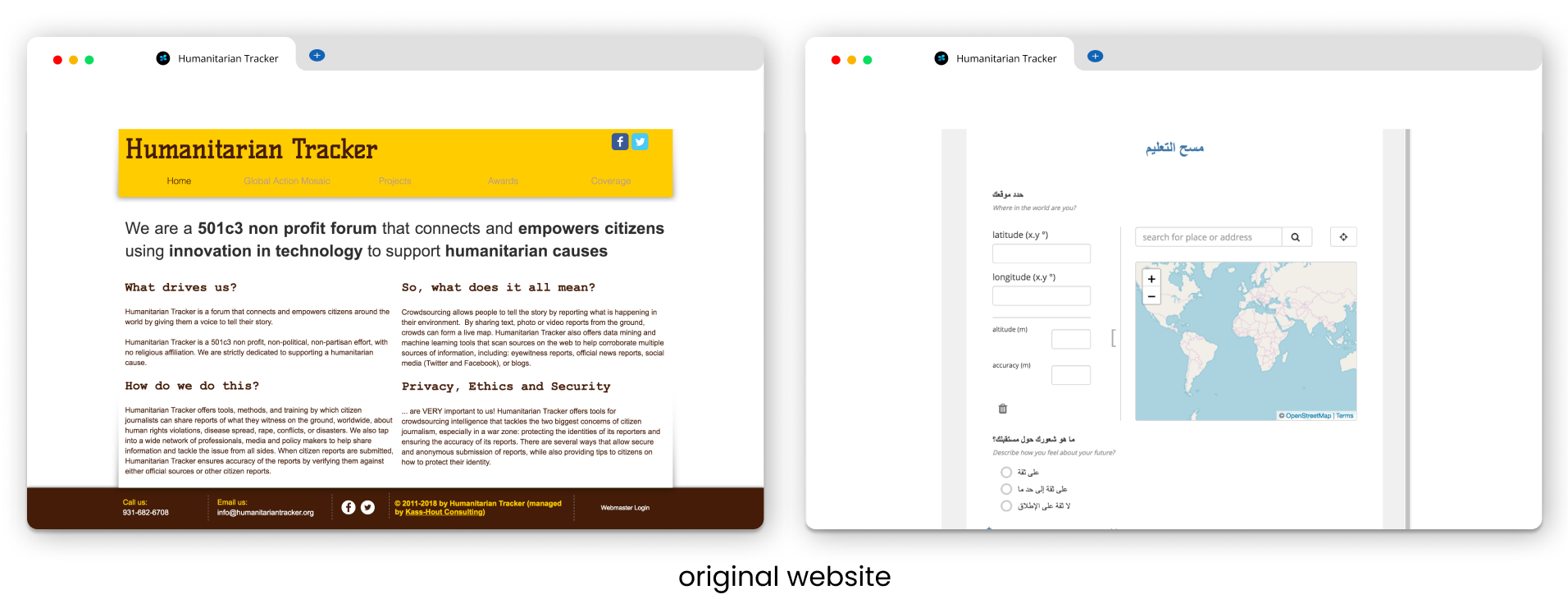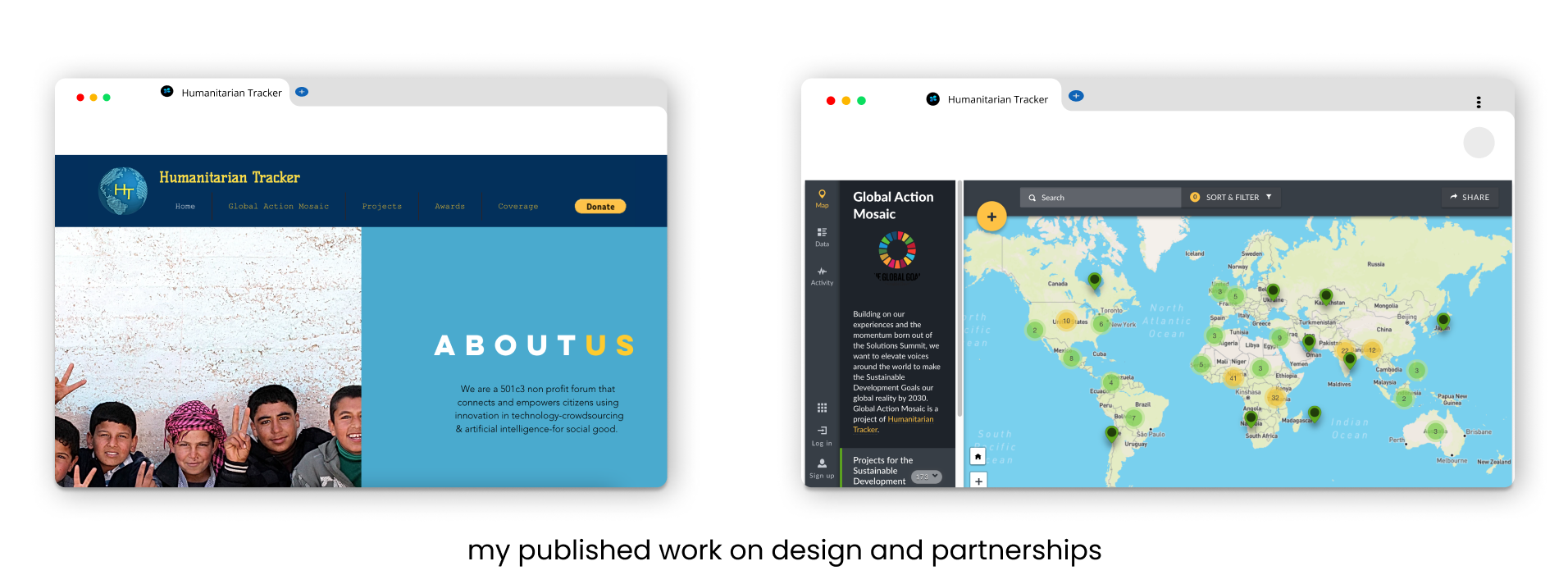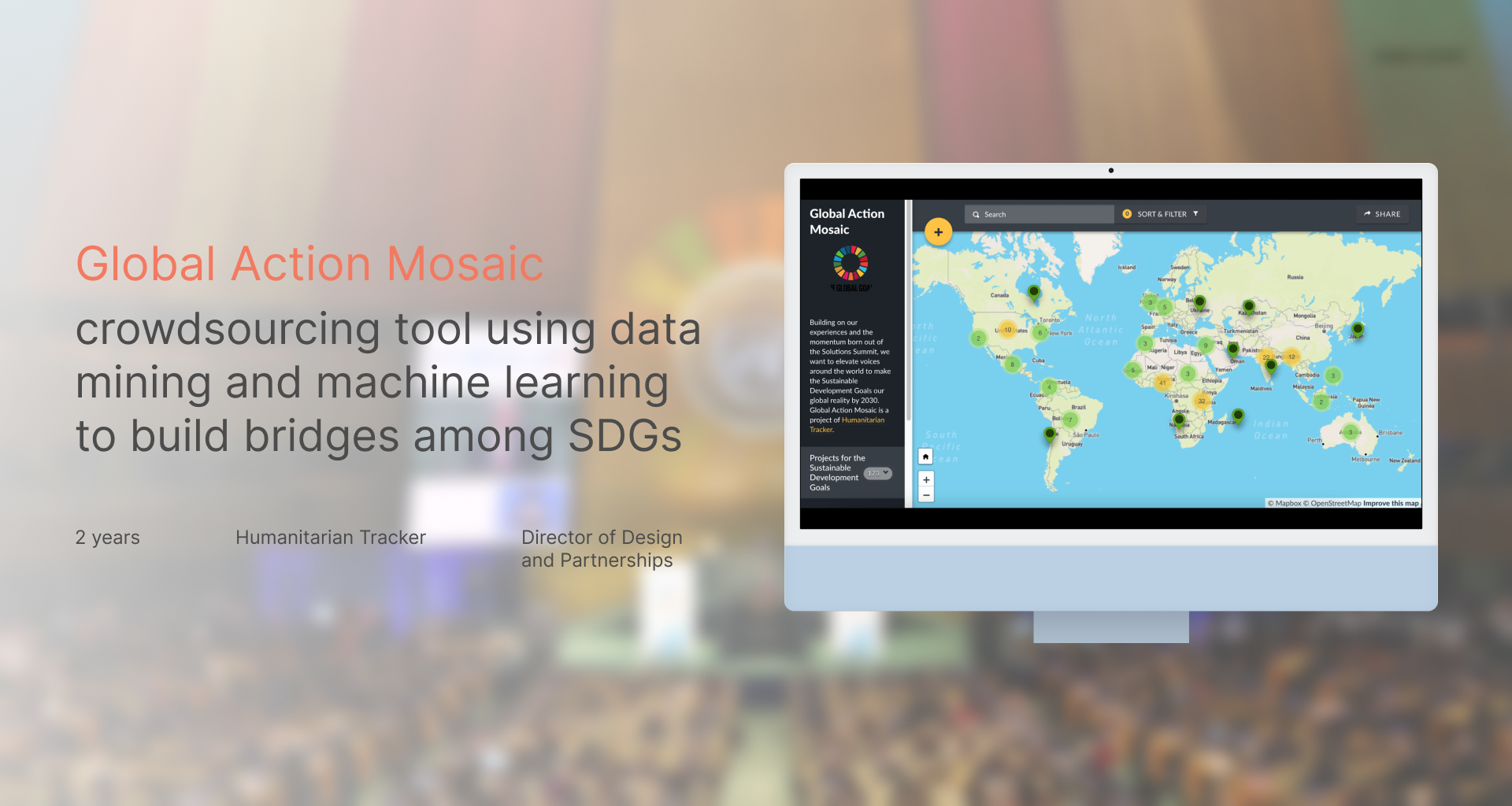
Using crowdsourcing & artificial intelligence technology for social good, I led Humanitarian Tracker's digital transformation including brand identity, marketing collateral, website design on top of fostering partnerships to expand our reach.
Challenge
Our CEO recognized that nonprofit professionals, social entrepreneurs, and individuals passionate about social impact required better tools for collaboration and knowledge sharing. They often struggled with data management and reporting, hindering their ability to create meaningful change.
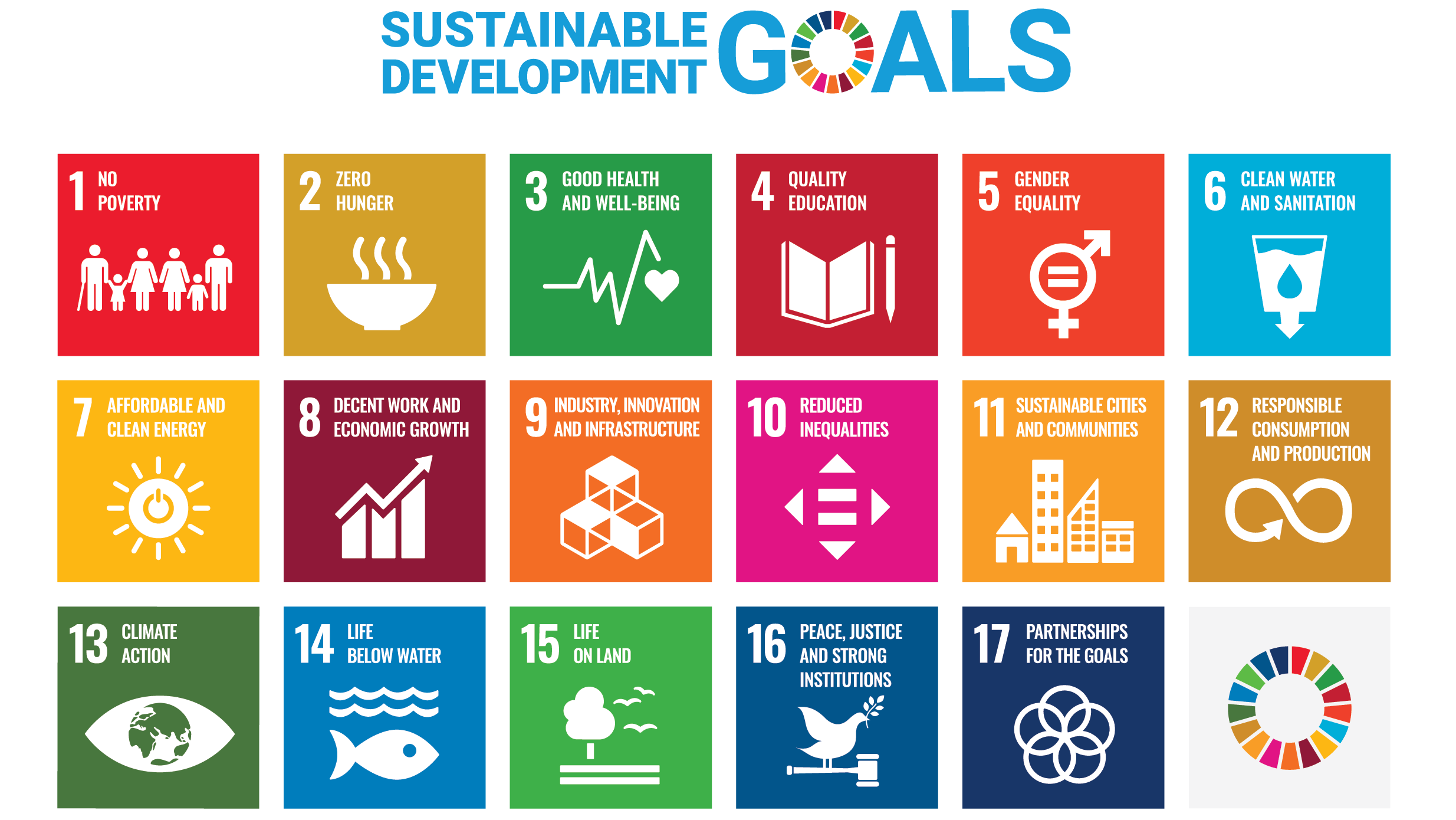
Solution
In the nonprofit sector, collaboration is essential for achieving sustainable development goals. I worked on transforming digital presence as well as raw data into actionable insights.
Leveraging mapping technology and learning language models to foster collaboration, share knowledge, and promote social activism resulted in:
(1) 85% increase in digital engagement
(2) Crowdsourced innovation from 63 countries
(3) Official partnership with the United Nations among other industry leaders
Audience
Our target audience included nonprofit professionals, social entrepreneurs, and individuals passionate about social impact. I focused on conference presenters and attendees as our primary personas due to their accessbility during the UN General Assembly.

Storyboard
Recognizing the importance of the Solutions Summit as a hub for innovation crowdsourcing, we designed a user-friendly platform, Global Action Mosaic. It catered to non-technical users while incorporating advanced features powered by artificial intelligence.
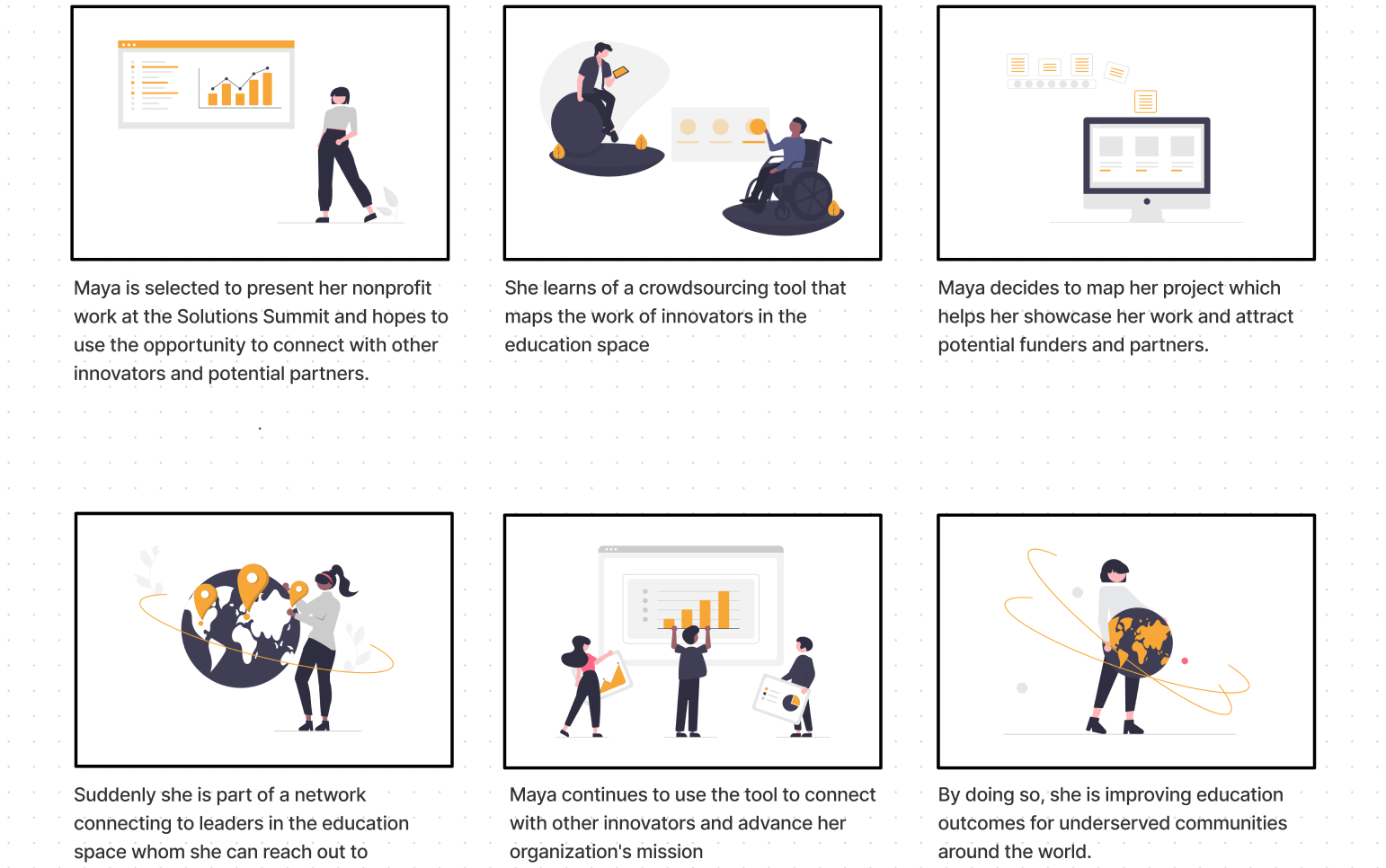
Early Concept
Global Action Mosaic seamlessly integrated with Humanitarian Tracker's existing data mining and machine learning technology. Users could easily map their work, simplify the reporting process, and automatically categorize and map data through machine learning. Interactive maps, graphs, and detailed insights would also be available.

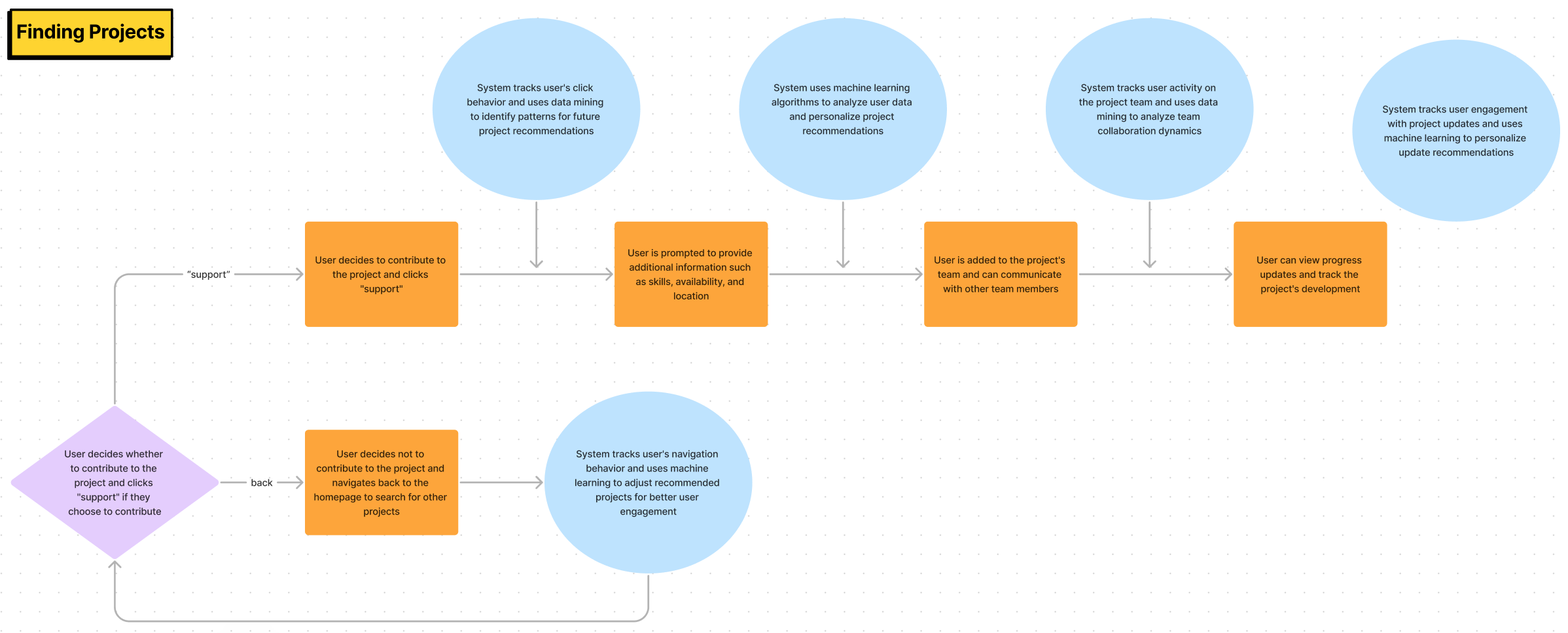


Design Decisions
My design approach aimed to simplify reporting, enhance data visualization, and foster partnerships. Key features included a streamlined reporting process, automated categorization and mapping, interactive data visualization, and a partnership network.
Next steps are resource optimization and predictive analytics for impact assessment, which will be published October 14, 2023.
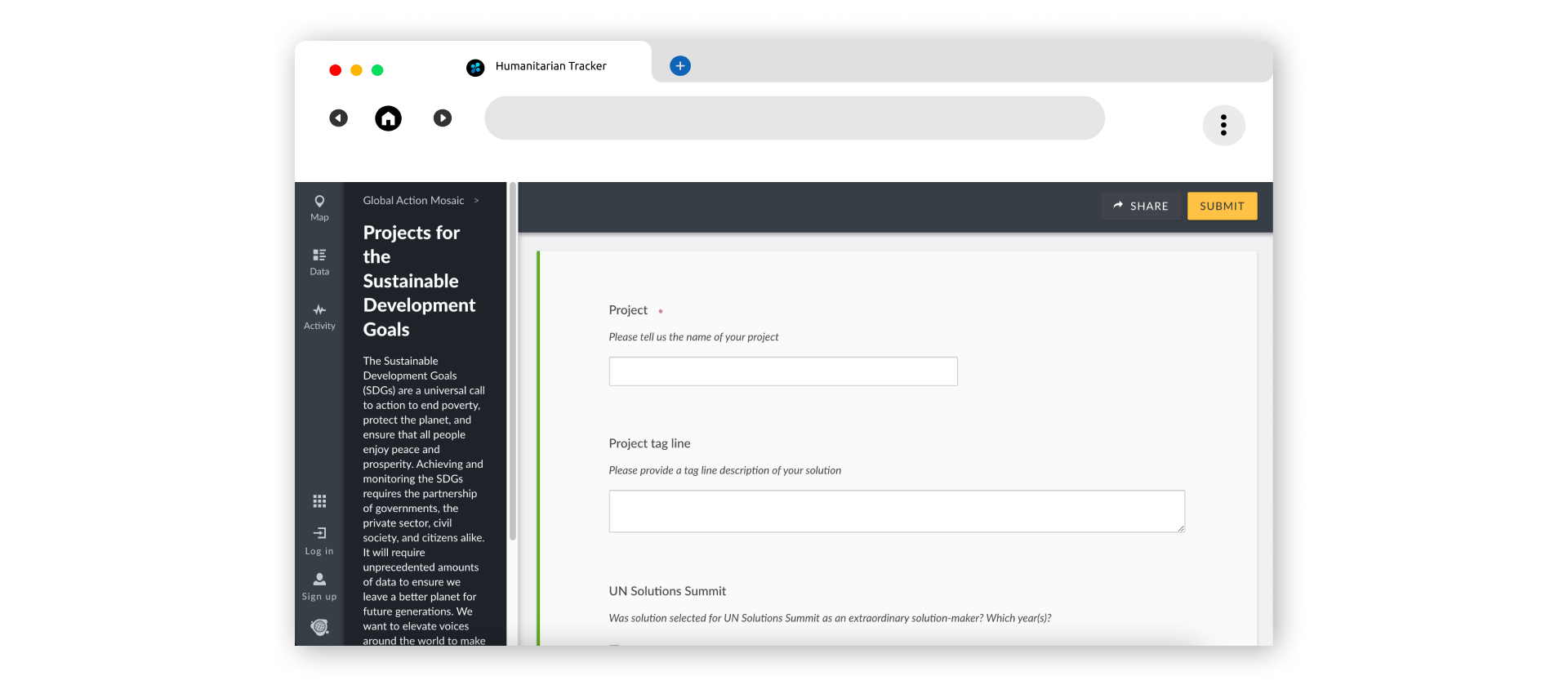
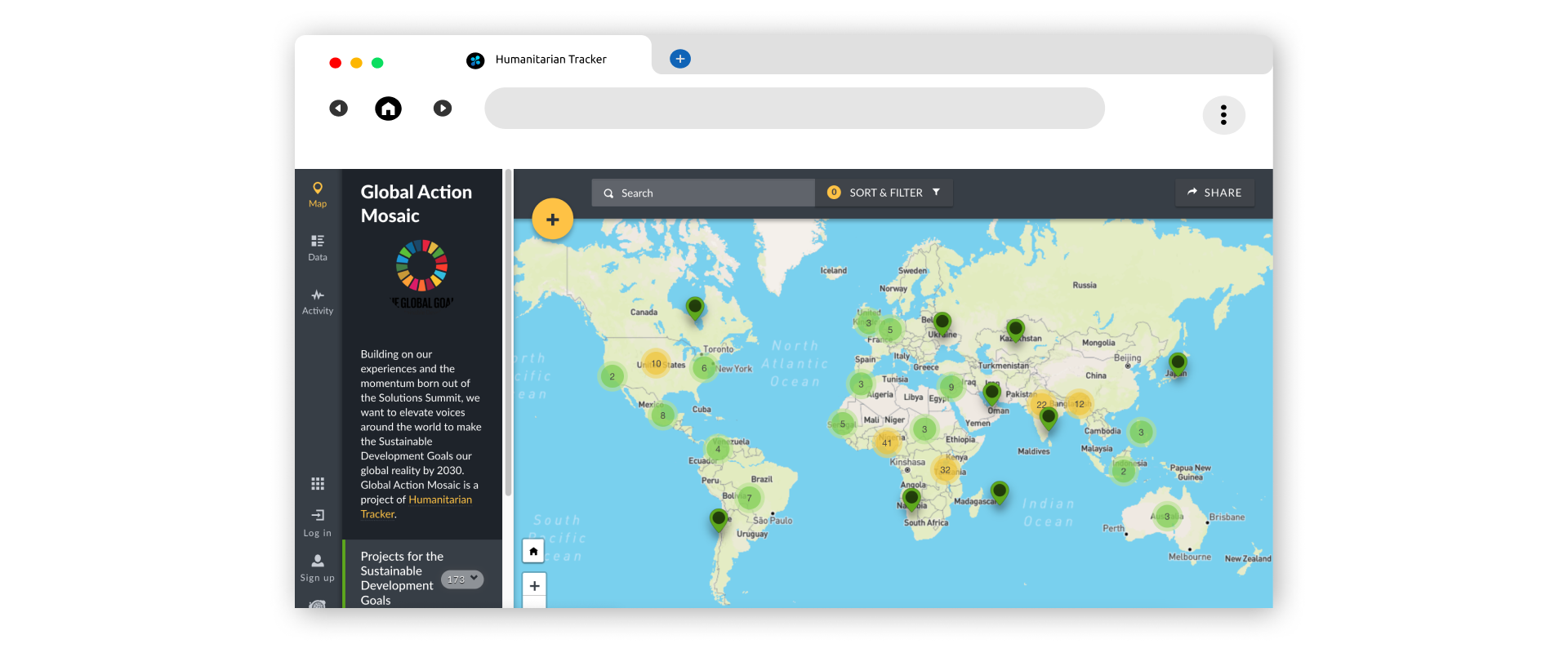
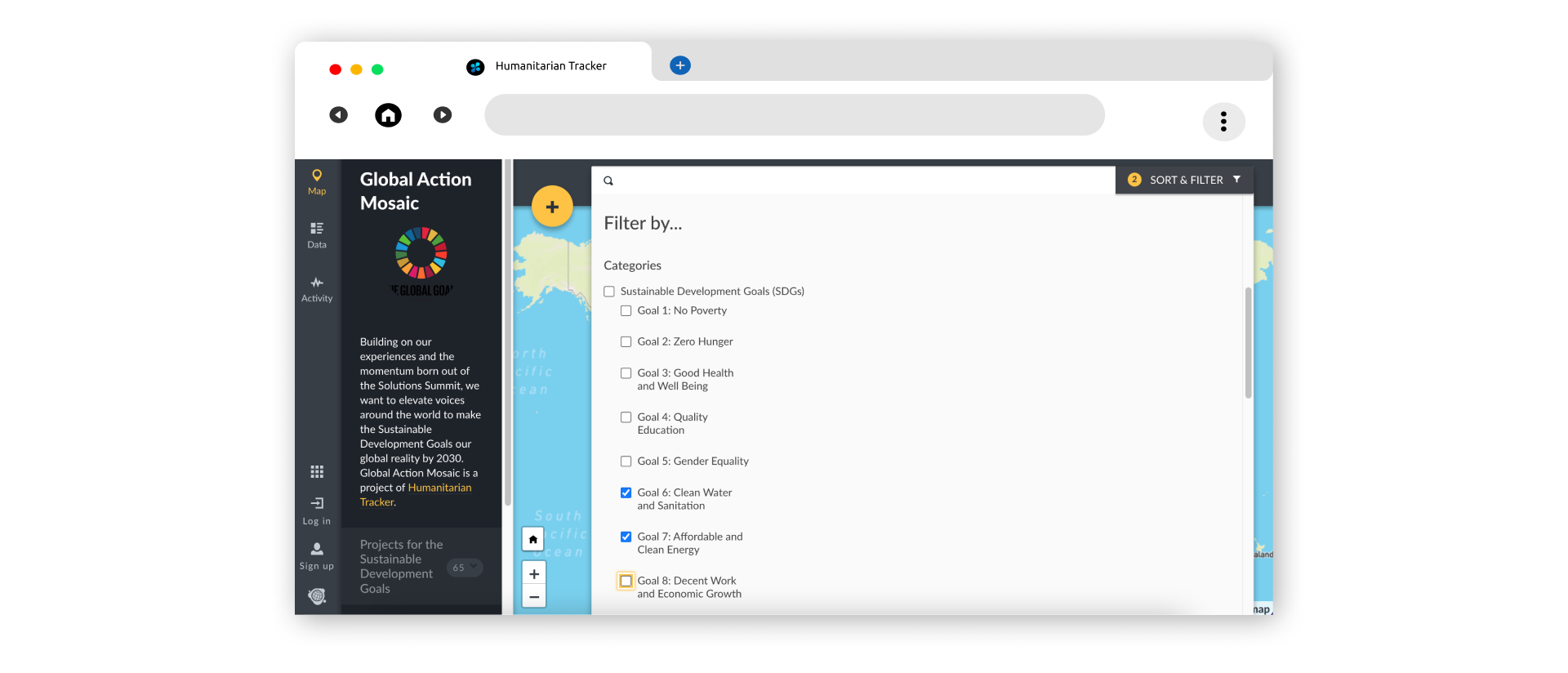
Tracking Metrics for Success
To gauge progress, I established the following metrics. Our efforts led to increased impact, but the crucial lesson was understanding how to connect with our audience effectively. Partnerships played a pivotal role in our success.

Conclusion
By simplifying processes, enhancing data accessibility, and forging partnerships, we not only increased engagement but also learned the importance of reaching our audience effectively. In the nonprofit space, great products are valuable only when they can be found and utilized efficiently, making partnerships a cornerstone of our success. A redesigned digital presence and subsequent marketing collateral facilitated those partnerships.
